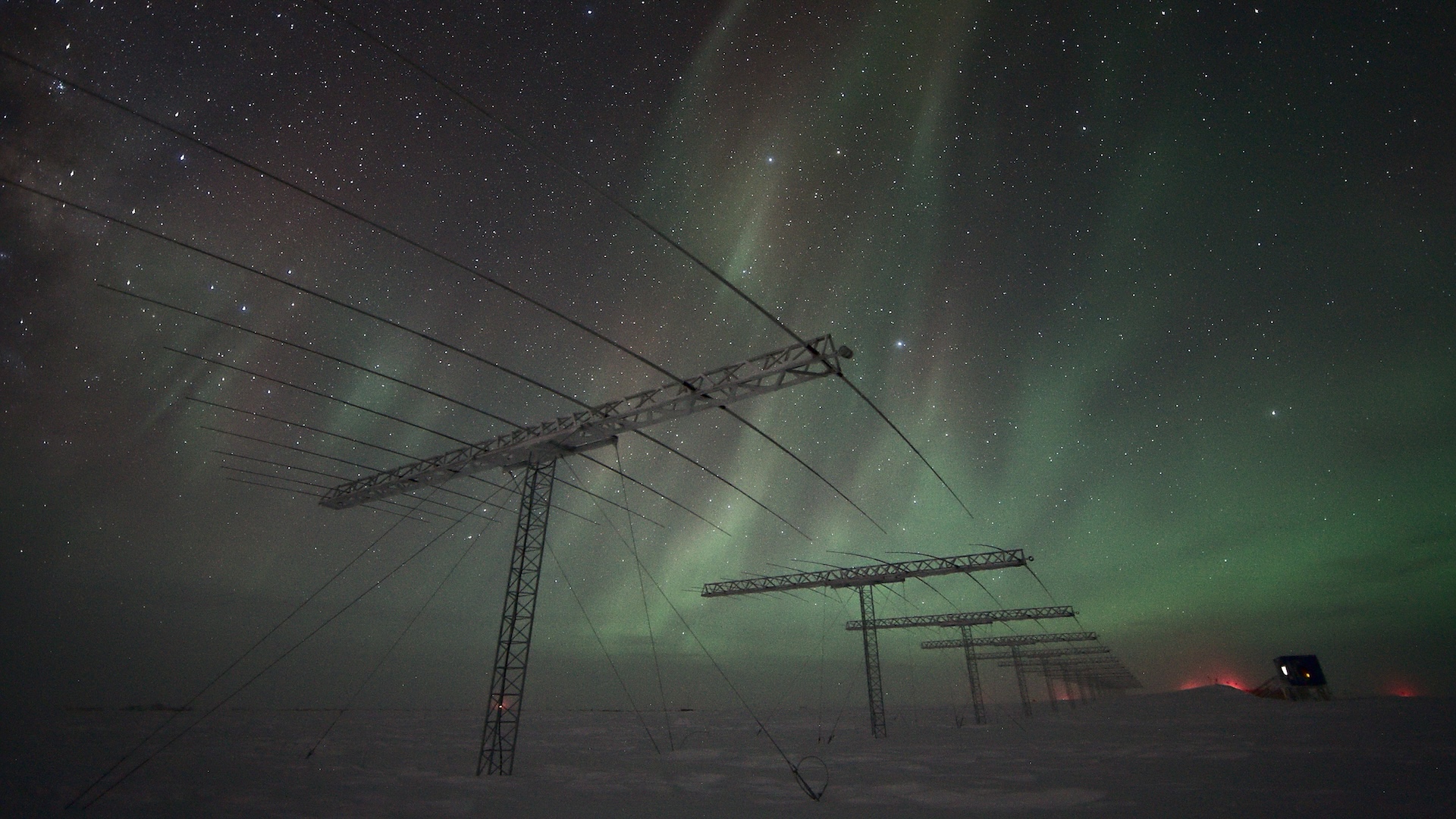In photos: Neanderthal burials uncovered
Burial Pit
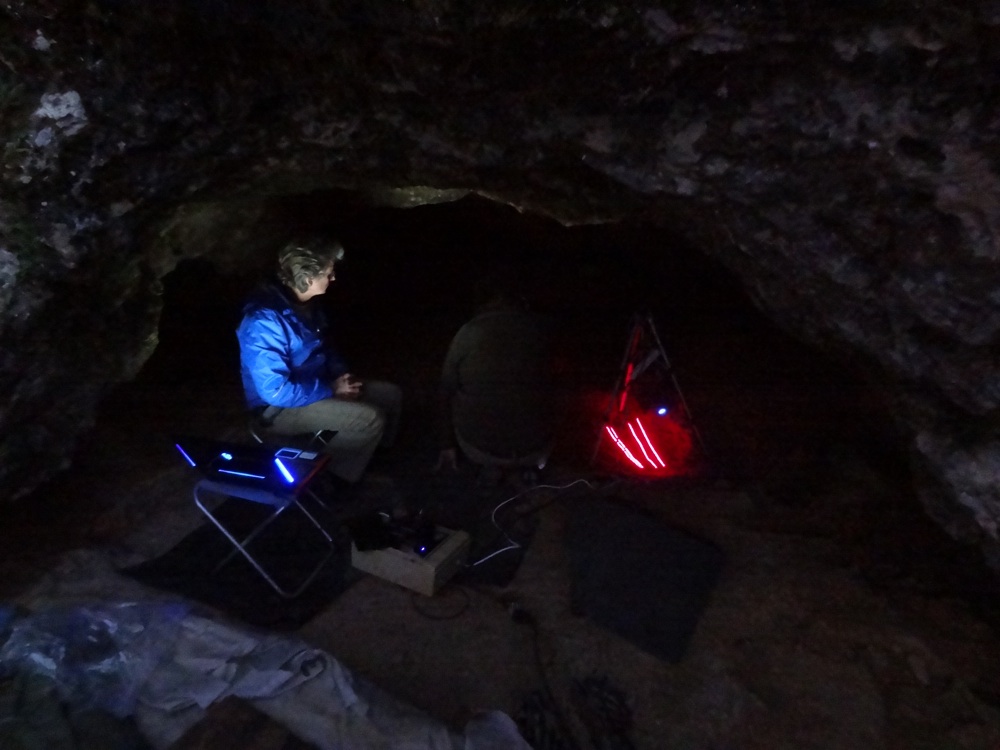
On Aug. 3, 1908, the Bouyssonie brothers discovered a nearly complete Neanderthal skeleton (dubbed LCS1) in a pit dug within the deposits of a cave at La Chapelle-aux-Saints, which were also called bouffia, in southwestern France. Here, a scan of the Neanderthal burial pit in the so-called bouffia Bonneval, used to create a 3D reconstruction.
Read the full story here.
Neanderthal burial
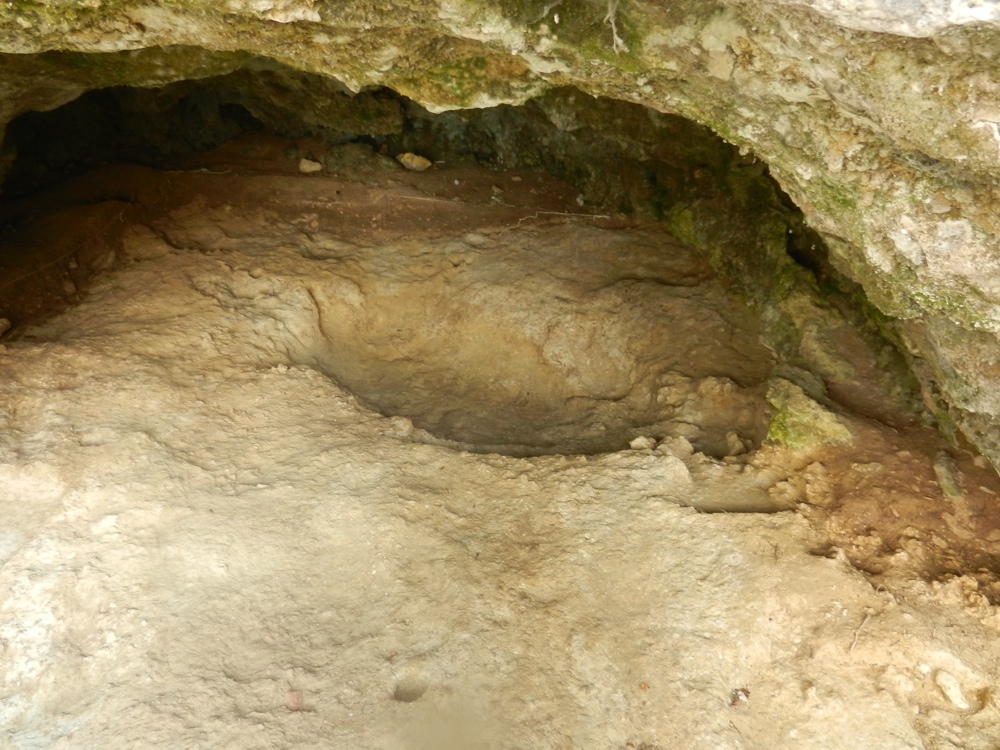
The well-preserved state of these 50,000-year-old bones led researchers to suggest that Neanderthals buried their dead well before modern humans arrived in western Europe. However, skeptics argued that the burials may not have been intentional. Here, the Neanderthal burial pit at the end of the excavations.
Neanderthal

Neanderthals were known to bury their dead in the Middle East. However, these burials dated to a time when contact with modern humans (Homo sapiens) might have occurred, suggesting that humans' Neanderthal relatives might not have come up with this idea on their own.
Still, in the past decade, a number of discoveries suggest that Neanderthals were capable of complex mental behavior, such as wearing decorative feathers. These findings could potentially support the idea that Neanderthals had minds complex enough to contemplate revering the dead enough to create tombs for them.
Nearby cave
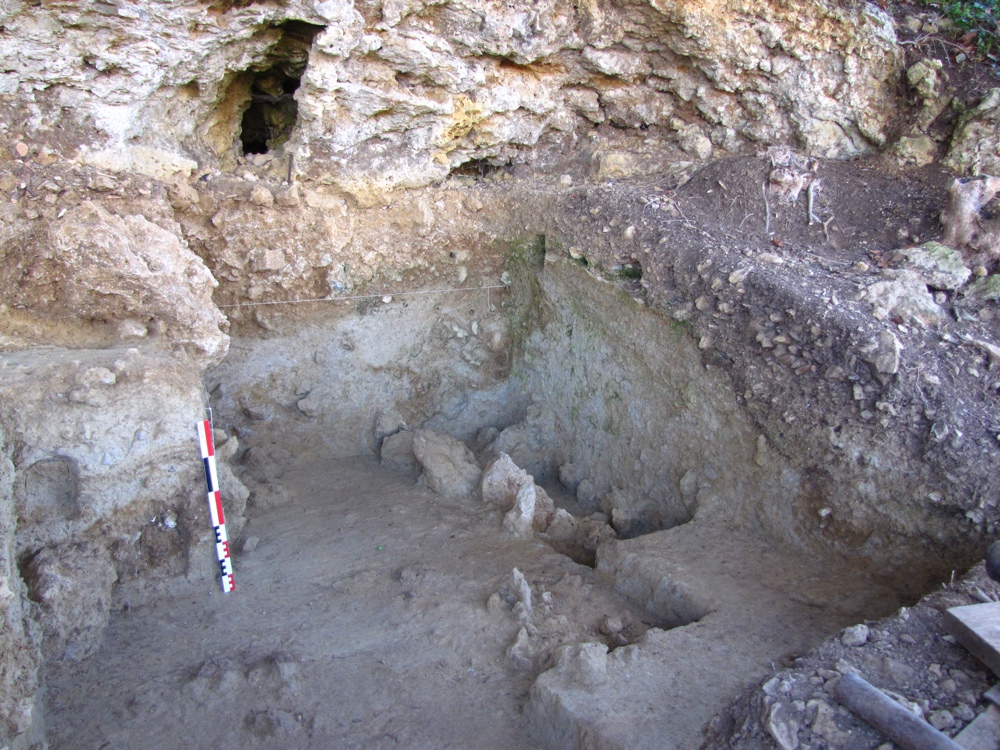
Here, bouffia 118 is shown after the 2010 excavation. This cavity is at 70 meters from the bouffia Bonneval (which held the Neanderthal remains) and presents evidence of sub-contemporaneous occupations.
Burial Pit
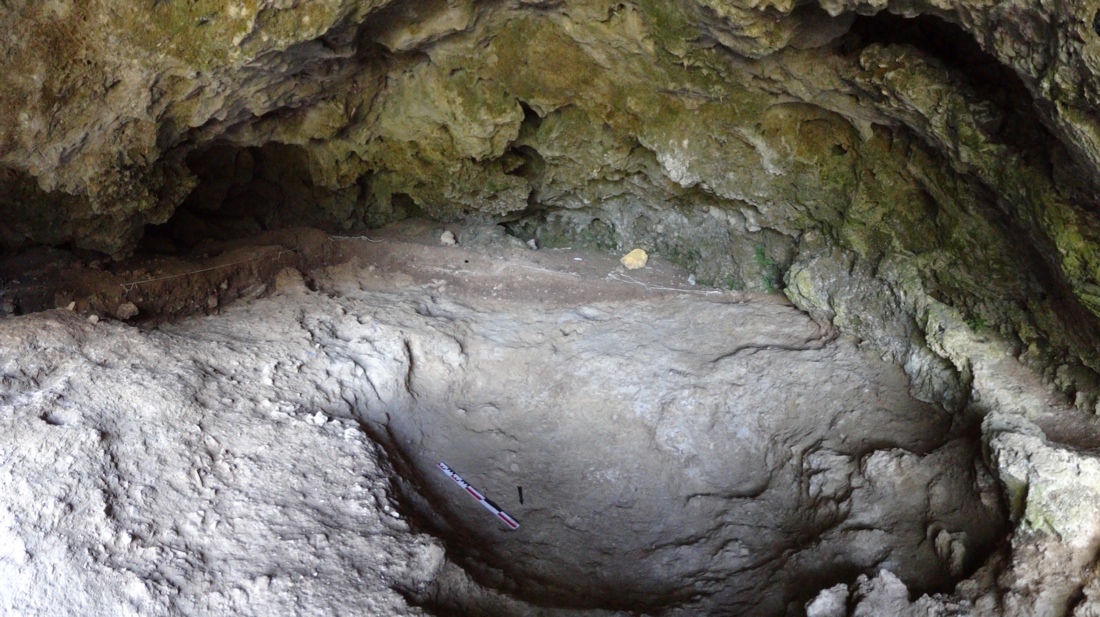
The Neanderthal burial pit at the end of the excavations at La Chapelle-aux-Saints in southwestern France.
Excavating Neanderthal pit

Excavation in progress in the bouffia Bonneval at La Chapelle-aux-Saints in southwestern France where Neanderthal remains were uncovered.
Get the world’s most fascinating discoveries delivered straight to your inbox.
Bouffia Bonneval
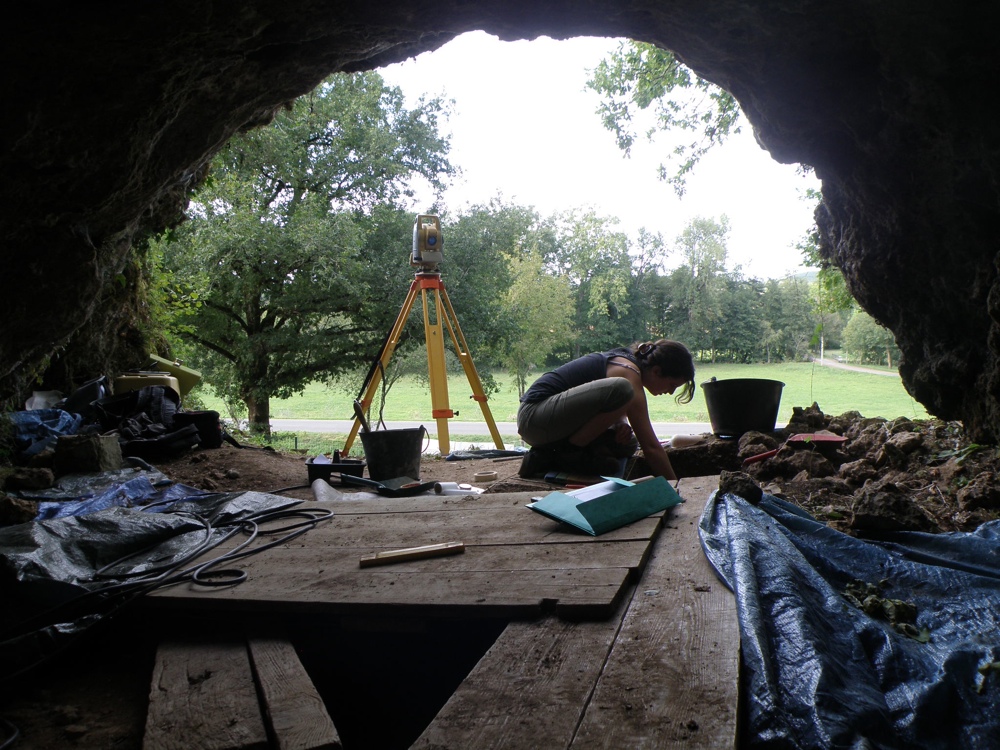
Here, a view from the inside of the Bouffia Bonneval in southwestern France where Neanderthal remains were buried.
Inside Neanderthal cave
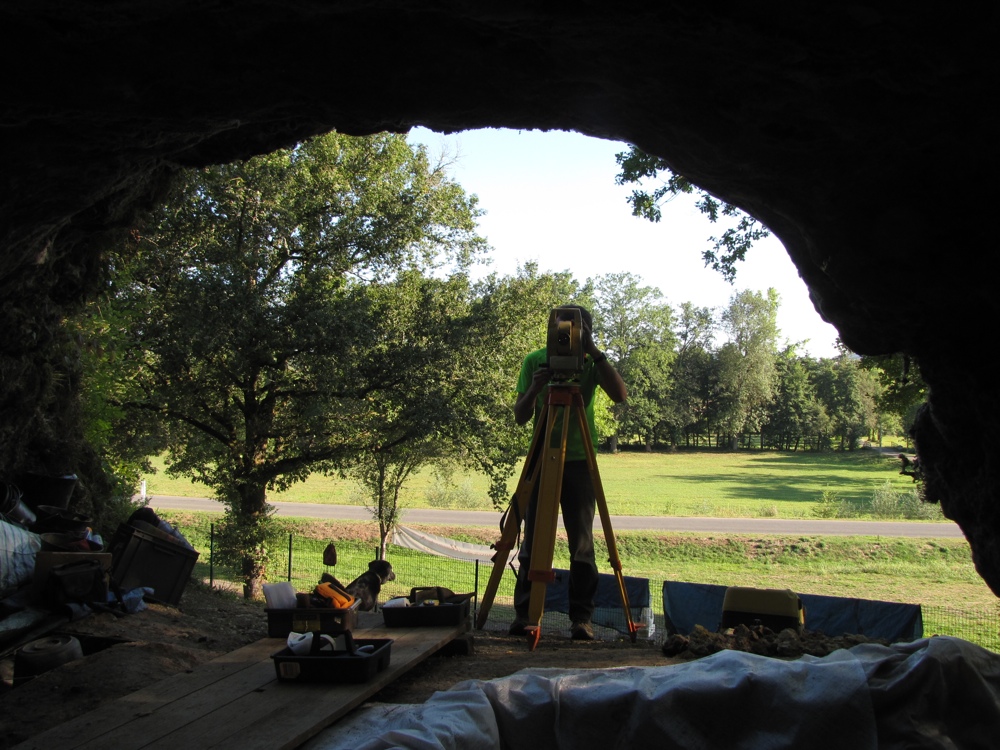
Here, a view from the inside of the Bouffia Bonneval in southwestern France where Neanderthal remains were buried.

